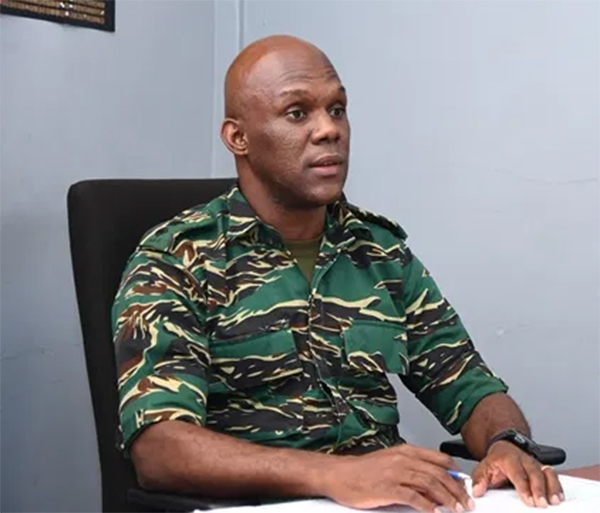The Civil Defence Commission (CDC) is moving to ensure Guyana’s disaster recovery capacity is enhanced at all levels, according to Director-General Lt Col Kester Craig, who has said a National Disaster Recovery Policy is being developed.
The Department of Public Information (DPI) reported that the CDC has partnered with the Caribbean Disaster Emergency Management Agency (CDEMA), the World Bank through the Canada-Caribbean Resilience Facility and other stakeholders to conduct an assessment of Guy-ana’s disaster recovery capacity, and on Friday they held a virtual Disaster Recovery Audit Work-shop. The assessment saw the use of a recently updated recovery section of the Comprehensive Disaster Management (CDM) Audit Tool, which seeks to determine existing capacities, strengths and areas for prioritisation and strengthening within sectors in the area of disaster recovery.
Craig was reported as saying by the DPI that Guyana completed a CDM Audit in 2018, through a consultative process with technical and financial support from CDEMA and other stakeholders. That audit assessed all four phases of the disaster management cycle and identified strengths, weaknesses, gaps and provided recommendations for improvement. Recovery was identified as the weakest phase.
“Noting the deficiency in the country’s disaster recovery posture, the Commission in 2020 with support from the Office of Climate Change, sought technical and financial assistance to develop a National Disaster Recovery Policy. The Terms of Reference for the Consultancy has been drafted, finances committed, and the development of Policy is slated to commence during the first quarter of 2021,” he was quoted as saying.
He added that the CDC intends to implement the findings to ensure Guyana’s disaster recovery capacity is enhanced at all levels. An improved disaster recovery capacity would ensure restoration and improvement of livelihoods and health following emergencies and disasters.
“It would ensure early restoration and reconstruction of economic, social, physical, and cultural assets and systems after events. Moreover, this would ensure that the country is aligned with the principles of sustainable development and the institutionalisation of the build back better concept to ensure the reduction of future risks,” Craig said.
Meanwhile, the DPI report said that during a PowerPoint presentation, World Bank consultant Clara Ariza explained that the Sectoral Recovery Capacity Assessment focuses on the capacity needed to plan, develop and boost implementation of resilient recovery projects after disasters strike.
The Assessment, she added, facilitates the identification of priority interventions to improve the recovery capacity of key sectors, while the results can be used to inform investments by national, government and donor agencies.
Additionally, Ariza said the CDM Recovery Audit Tool would benefit national governments, stakeholders, national Disaster Risk Management specialist agencies and CDEMA in their efforts to enable a faster and resilient recovery in the aftermath of disasters.
Mirtha Escobar, Disaster Risk Management Specialist at the World Bank, added that the bank would collaborate closely with the local stakeholders to develop the tool.










